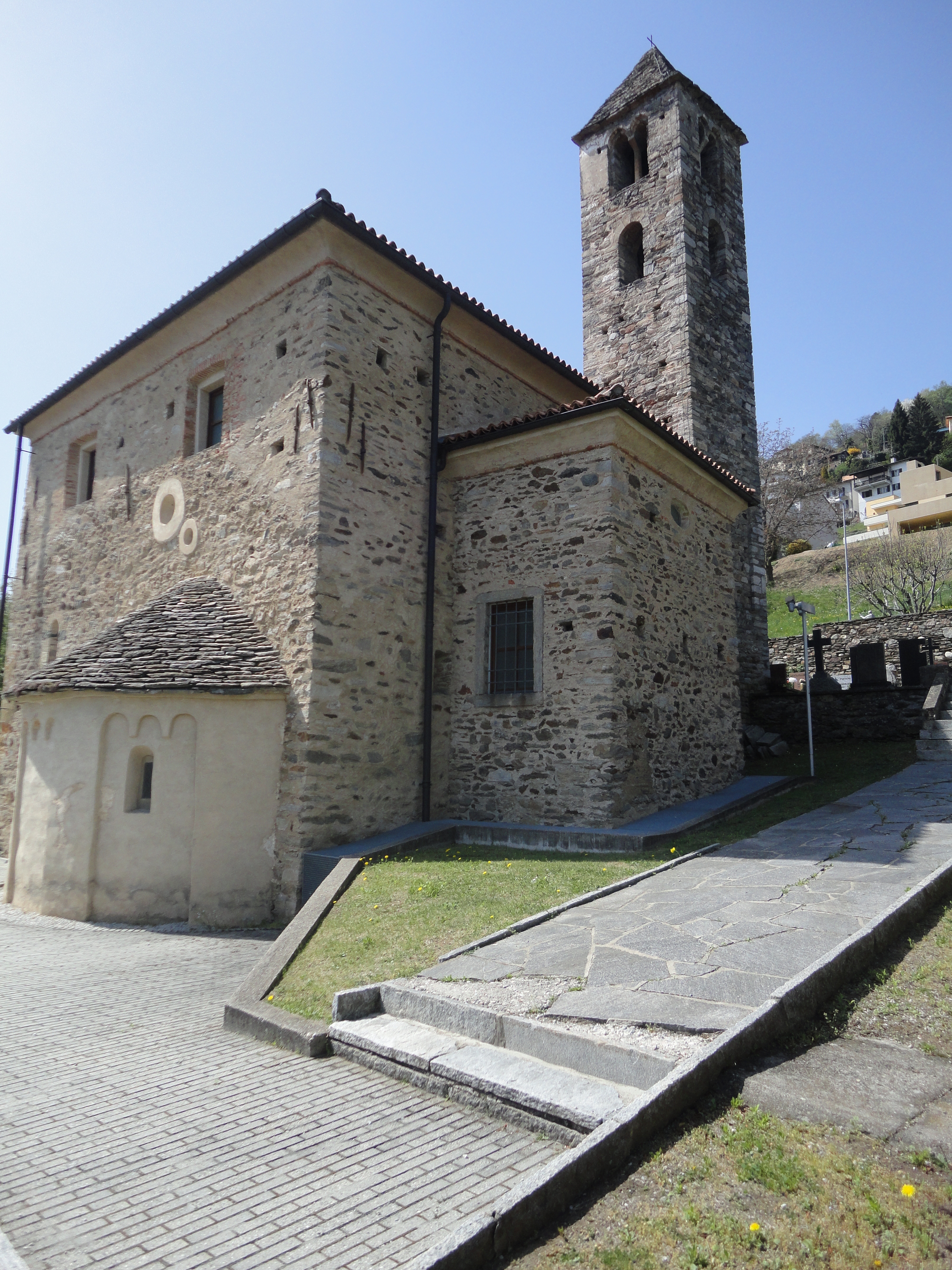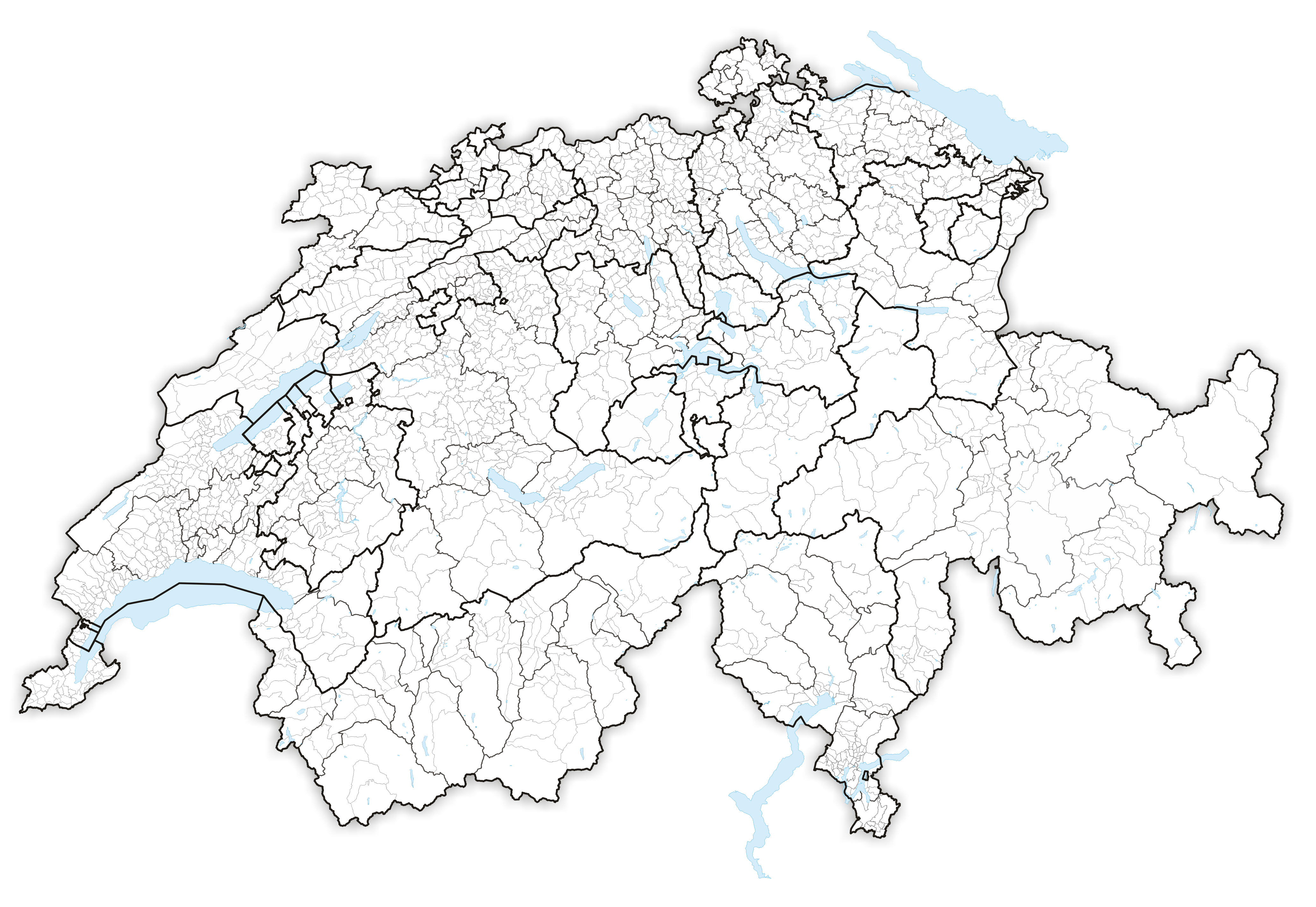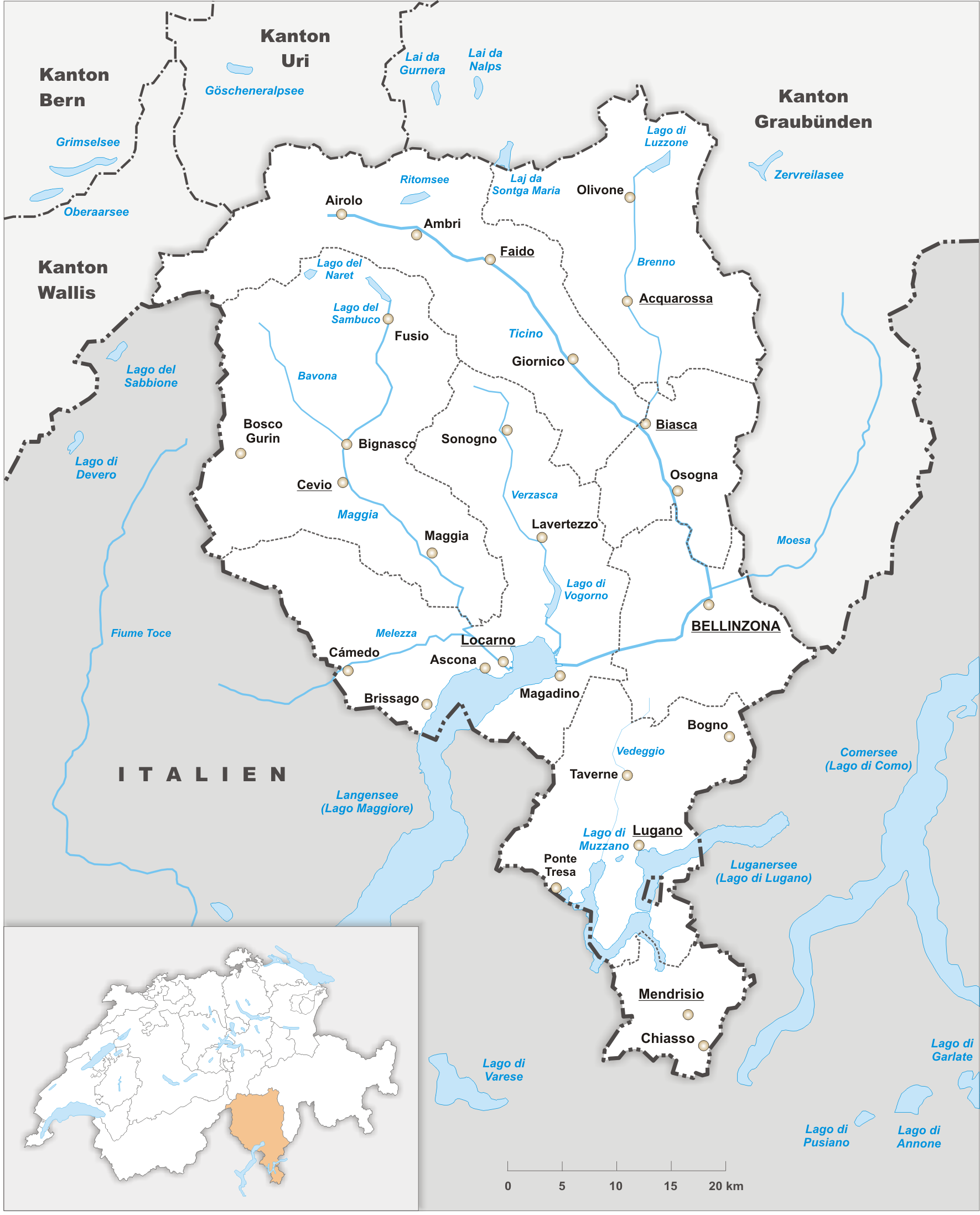|
Iseo, Switzerland
Iseo was a municipality in the district of Lugano in the canton of Ticino in Switzerland. It was incorporated into the ''comune'' of Bioggio Bioggio is a municipality in the district of Lugano, in the canton of Ticino in Switzerland. The municipality was created in 2004 with the union of old town of Bioggio with Bosco Luganese and Cimo. In 2008, Iseo chose to be part of the municipa ... in 2008. References Former municipalities of Ticino {{Ticino-geo-stub ... [...More Info...] [...Related Items...] OR: [Wikipedia] [Google] [Baidu] |
Lugano (district)
The Lugano District ( it, Distretto di Lugano also called Luganese) is a district of Canton of Ticino, southern Switzerland. The capital is the city of Lugano. It has a population of (as of ). Geography The Lugano District has an area, , of . Of this area, or 15.7% is used for agricultural purposes, while or 66.5% is forested. Of the rest of the land, or 15.3% is settled (buildings or roads), or 0.7% is either rivers or lakes and or 4.6% is unproductive land. Of the built-up area, housing and buildings made up 9.1% and transportation infrastructure made up 3.6%. Out of the forested land, 59.6% of the total land area is heavily forested and 3.7% is covered with orchards or small clusters of trees. Of the agricultural land, 5.7% is used for growing crops and 9.1% is used for alpine pastures. Of the water in the district, 0.2% is in lakes and 0.5% is in rivers and streams. Of the unproductive areas, 4.2% is unproductive vegetation. Demographics The Lugano District has ... [...More Info...] [...Related Items...] OR: [Wikipedia] [Google] [Baidu] |
Aranno
Aranno is a municipality in the district of Lugano in the canton of Ticino in southern Switzerland. Bordering municipalities are Cademario, Iseo, Alto Malcantone, Miglieglia and Novaggio. In Aranno you can find the "Maglio", the last power hammer of Switzerland. It stopped its activities in 1952. History Aranno is first mentioned in 1335 as ''Arano''. Cemented into the facade of the Casa Pelli, there are four copies of grave stone fragments (discovered in 1842, originals in the Museo del Malcantone in Curio) with inscriptions in the so-called Alphabet of Lugano. One unconfirmed source states that the parish church of San Vittore was built in the 17th Century on the ruins of an ancient castle. The church was rebuilt in 1815 to its present appearance. Inside the church there are many artistic works from the Malcantone valley. The local economy was based on agriculture and emigration to other countries for jobs. Further up the valley, there are numerous terraces that suppor ... [...More Info...] [...Related Items...] OR: [Wikipedia] [Google] [Baidu] |
Bioggio
Bioggio is a municipality in the district of Lugano, in the canton of Ticino in Switzerland. The municipality was created in 2004 with the union of old town of Bioggio with Bosco Luganese and Cimo. In 2008, Iseo chose to be part of the municipality and be aggregated with the other old municipalities. History Bioggio is first mentioned in 1335 as ''Biegio''. Finds from the Roman era bear witness to the former importance of Bioggio. In 1962 a farm house from the 3rd Century was discovered, and in 1992 a market building with baths was discovered. Equally important are the recent discoveries made in the restoration of the chapel of S. Ilario, where the remains of a wooden religious building from the 8th Century were found. In the Middle Ages noble families from Comacina and Lugano owned extensive property in Bioggio. The old mansions of the counts of Riva and Rusca, and a country estate for the Avogadro family from Como. The church had extensive holdings as well. In the 13th ... [...More Info...] [...Related Items...] OR: [Wikipedia] [Google] [Baidu] |
Cademario
Cademario is a municipality located in the district of Lugano in the Swiss canton of Ticino. Bordering municipalities are Aranno, Bioggio and Iseo, in the Alto Malcantone area. History Cademario is first mentioned in 1163 as ''Cademerio''. In 1335 it was mentioned as ''Cadelmario Superiore'' to distinguish it from ''Cadelmario Inferiore'', which is now ''Bosco Luganese''. The oldest trace of a settlement in the area was an Iron Age cemetery which was discovered at La Forcora. By 1000 the Bishop of Como owned property and rights in the village. Later, some of these rights were transferred to the Benedictine Abbey of S. Abbondio in Como. Originally, the municipality was much larger. It included the villages of Bosco Luganese (now part of Bioggio), which separated in 1783, Bioggio and perhaps Gaggio. The old parish church was built in the Early Middle Ages at a site below the village. Over the centuries the church was rebuilt numerous times. It was enlarged and rebuilt, n ... [...More Info...] [...Related Items...] OR: [Wikipedia] [Google] [Baidu] |
Curio, Switzerland
Curio is a municipality in the district of Lugano in the canton of Ticino in Switzerland. History Curio is first mentioned in 1196 as ''Coira''. In 1298 it was mentioned as ''Cuyri''. During the Middle Ages Curio, Novaggio, Banco and Bedigliora formed a '' Kastlanei''. The first village church, consecrated to St. Peter, was mentioned in 1352. The present church was built in 1609. Historically, many residents emigrated to foreign countries for work. Some of these emigrant families became quite famous. They include the family Avanzini (notaries, doctors, construction workers) and Visconti (architects and engineers), who worked, from the end of the 18th and over the entire 19th centuries, in Piedmont and Russia. Their success led them to perform a number of philanthropic works in Curio. In the 19th and at the beginning of the 20th century, this resulted in a number of charitable foundations. The most significant was the art school, which was founded in 1850. In 1985, the Mus ... [...More Info...] [...Related Items...] OR: [Wikipedia] [Google] [Baidu] |
Vernate, Switzerland
Vernate is a municipality in the district of Lugano in the canton of Ticino in Switzerland. Geography Vernate has an area, , of . Of this area, or 15.2% is used for agricultural purposes, while or 82.8% is forested. Of the rest of the land, or 12.6% is settled (buildings or roads). Of the built up area, housing and buildings made up 10.6% and transportation infrastructure made up 1.3%. Out of the forested land, 76.8% of the total land area is heavily forested and 6.0% is covered with orchards or small clusters of trees. Of the agricultural land, 2.6% is used for growing crops, while 2.0% is used for orchards or vine crops and 10.6% is used for alpine pastures. Coat of arms The blazon of the municipal coat of arms is ''Azure a fess argent and overall in dexter an arrow point to base and in sinister a walking stick handle to chief both counterchanged.'' The arrow and pilgrim stick are attributes of St. Roch (Rocco) and St. Sebastian (Sebastiano) the patron saints of th ... [...More Info...] [...Related Items...] OR: [Wikipedia] [Google] [Baidu] |
Municipalities Of Switzerland
Municipalities (german: Gemeinden, ' or '; french: communes; it , comuni; rm, vischnancas) are the lowest level of administrative division in Switzerland. Each municipality is part of one of the Swiss cantons, which form the Swiss Confederation. In most cantons, municipalities are also part of districts or other sub-cantonal administrative divisions. There are 2,136 municipalities . Their populations range between several hundred thousand (Zürich), and a few dozen people ( Kammersrohr, Bister), and their territory between 0.32 km² (Rivaz) and 439 km² ( Scuol). History The beginnings of the modern municipality system date back to the Helvetic Republic. Under the Old Swiss Confederacy, citizenship was granted by each town and village to only residents. These citizens enjoyed access to community property and in some cases additional protection under the law. Additionally, the urban towns and the rural villages had differing rights and laws. The creation of a uniform S ... [...More Info...] [...Related Items...] OR: [Wikipedia] [Google] [Baidu] |
Cantons Of Switzerland
The 26 cantons of Switzerland (german: Kanton; french: canton ; it, cantone; Sursilvan and Surmiran: ; Vallader and Puter: ; Sutsilvan: ; Rumantsch Grischun: ) are the member states of the Swiss Confederation. The nucleus of the Swiss Confederacy in the form of the first three confederate allies used to be referred to as the . Two important periods in the development of the Old Swiss Confederacy are summarized by the terms ('Eight Cantons'; from 1353–1481) and ('Thirteen Cantons', from 1513–1798).rendered "the 'confederacy of eight'" and "the 'Thirteen-Canton Confederation'", respectively, in: Each canton of the Old Swiss Confederacy, formerly also ('lieu/locality', from before 1450), or ('estate', from ), was a fully sovereign state with its own border controls, army, and currency from at least the Treaty of Westphalia (1648) until the establishment of the Swiss federal state in 1848, with a brief period of centralised government during the Helvetic Republic ... [...More Info...] [...Related Items...] OR: [Wikipedia] [Google] [Baidu] |
Ticino
Ticino (), sometimes Tessin (), officially the Republic and Canton of Ticino or less formally the Canton of Ticino,, informally ''Canton Ticino'' ; lmo, Canton Tesin ; german: Kanton Tessin ; french: Canton du Tessin ; rm, Chantun dal Tessin . is one of the 26 cantons forming the Swiss Confederation. It is composed of eight districts and its capital city is Bellinzona. It is also traditionally divided into the Sopraceneri and the Sottoceneri, respectively north and south of Monte Ceneri. Red and blue are the colours of its flag. Ticino is the southernmost canton of Switzerland. It is one of the three large southern Alpine cantons, along with Valais and the Grisons. However, unlike all other cantons, it lies almost entirely south of the Alps, and has no natural access to the Swiss Plateau. Through the main crest of the Gotthard and adjacent mountain ranges, it borders the canton of Valais to the northwest, the canton of Uri to the north and the canton of Grisons to th ... [...More Info...] [...Related Items...] OR: [Wikipedia] [Google] [Baidu] |
Switzerland
; rm, citad federala, links=no). Swiss law does not designate a ''capital'' as such, but the federal parliament and government are installed in Bern, while other federal institutions, such as the federal courts, are in other cities (Bellinzona, Lausanne, Lucerne, Neuchâtel, St. Gallen a.o.). , coordinates = , largest_city = Zurich , official_languages = , englishmotto = "One for all, all for one" , religion_year = 2022 , religion_ref = , religion = , demonym = , german: link=no, Schweizer/Schweizerin, french: link=no, Suisse/Suissesse, it, svizzero/svizzera or , rm, Svizzer/Svizra , government_type = Federal assembly-independent directorial republic , leader_title1 = Federal Council , leader_name1 = , leader_title2 = , leader_name2 = Viktor Rossi , legislature = Federal Assembly , upper_house = Counci ... [...More Info...] [...Related Items...] OR: [Wikipedia] [Google] [Baidu] |




